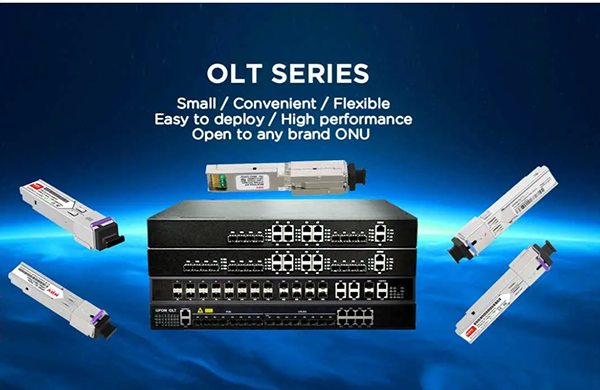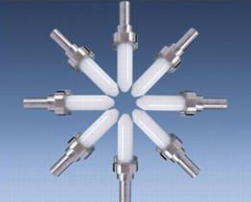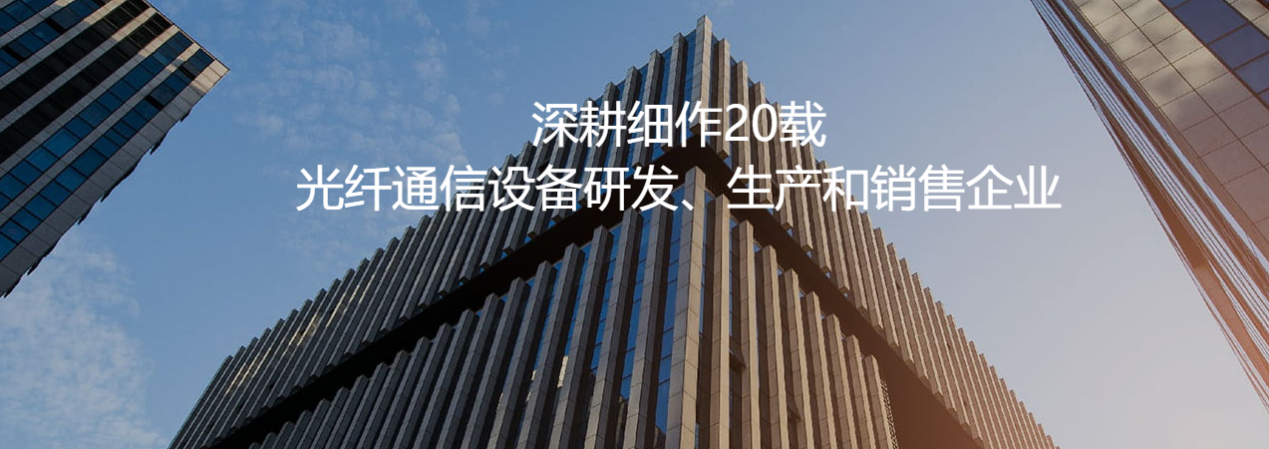Ethernet is a computer local area network technology, which is mainly used to connect multiple network systems to achieve a local area network (LAN). There are many types of Ethernet on the market, of which fast Ethernet and Gigabit Ethernet are the most common. Fast Ethernet (FS) will give you a detailed comparison of fast Ethernet and Gigabit Ethernet to distinguish the difference between the two.
What is Fast Ethernet?
Fast Ethernet (FE) is the term for Ethernet in computer networking, which provides a transfer rate of 100Mbps. The IEEE 802.3u 100BASE-T Fast Ethernet standard was officially introduced by the IEEE in 1995, and the transmission rate of fast Ethernet was previously 10Mbps. The Fast Ethernet standard includes three sub-categories: 100BASE-FX, 100BASE-TX, and 100BASE-T4. 100 indicates the transmission rate of 100Mbit/s. "BASE" means baseband transmission; The letter after the dash refers to the transmission medium carrying the signal, "T" stands for twisted pair (copper), "F" stands for optical fiber; The last character (letter "X", number "4", etc.) refers to the line code method used. The following table shows the common fast Ethernet types.
What is Gigabit Ethernet?
Compared to fast Ethernet, Gigabit Ethernet (GE) can provide a transfer rate of 1000Mbps in a computer network. The Gigabit Ethernet standard (known as the IEEE 802.3ab standard) was officially published by IEEE in 1999, only a few years after the advent of the Fast Ethernet standard, but it was not widely used until around 2010. Gigabit Ethernet adopts the frame format of IEEE 803.2 Ethernet and the CSMA/CD media access control method, which can work in half duplex and full duplex mode. Gigabit Ethernet has similar cables and devices to Fast Ethernet, but it is more versatile and economical. With the continuous development of Gigabit Ethernet, more advanced versions have appeared, such as 40G Ethernet and 100G Ethernet. Gigabit Ethernet has different physical layer standards, such as 1000BASE-X, 1000BASE-T, and 1000BASE-CX.
The above is the brief introduction of Gigabit Ethernet and fast Ethernet brought to you by ShenzhenHDV Photoelectron Technology LTD and SShenzhenHDV Photoelectron Technology LTD is a company specializing in optical communication as the main production equipment, the company's own production :ONU series, optical module series, OLT series, transceiver series are hot series of products.

The introduction of Optical Fiber Ferrule
Most of the optical fibers we usually see are optical fiber jumpers, that is, both ends have connectors, which can be directly inserted and removed without using other tools, the so-called connector refers to SC, FC, LC and other types of classification.
And what is the core, as the name implies that it can be inserted and pulled out of the core, generally made of ceramic, the core is generally at the same time as the connector, or broadly speaking, the core is equivalent to a connector, what is the specific matter? Let me tell you this slowly.

The core inside the bare fiber is actually very thin and very easy to break, so something needs to protect it. For the middle of the fiber, we will set the cladding to cover the core to play a protective role, then for the tail of the fiber we use ceramic core. There is a very small hole in the middle of the core, the core is pierced through this hole in the metal part and then out of the ceramic part, the extra part is cut off from the ceramic side, and then take the tool to grind the extra part flat, and be careful when grinding, too much force will also break the core inside the core. (Xiabian remember that the internal core was ground off by hand during the university experiment. When the light is transmitted, it is found that the plug head emits an obvious red light, but the test power is not high, because the light is no longer propagated in a straight line, but is dispersed, resulting in a very low light measured numerically. The metal end is the middle of the optical fiber, which is generally protected by cladding and coating. The core head and the middle part need to be glued together, not only for solid connection, but also to prevent light overflow. Of course, the core metal is not necessarily connected to the optical fiber, it may also be used for BOSA production.
Shenzhen HDV Photoelectron Technology LTD. brings you the description of "optical fiber plug", and our company is a professional optical communication equipment manufacturer, the main products cover more than ONU series, OLT series, optical module series, transceiver series and so on. The above equipment has a variety of specifications and models to provide targeted services for different network demand scenarios, welcome your arrival.






